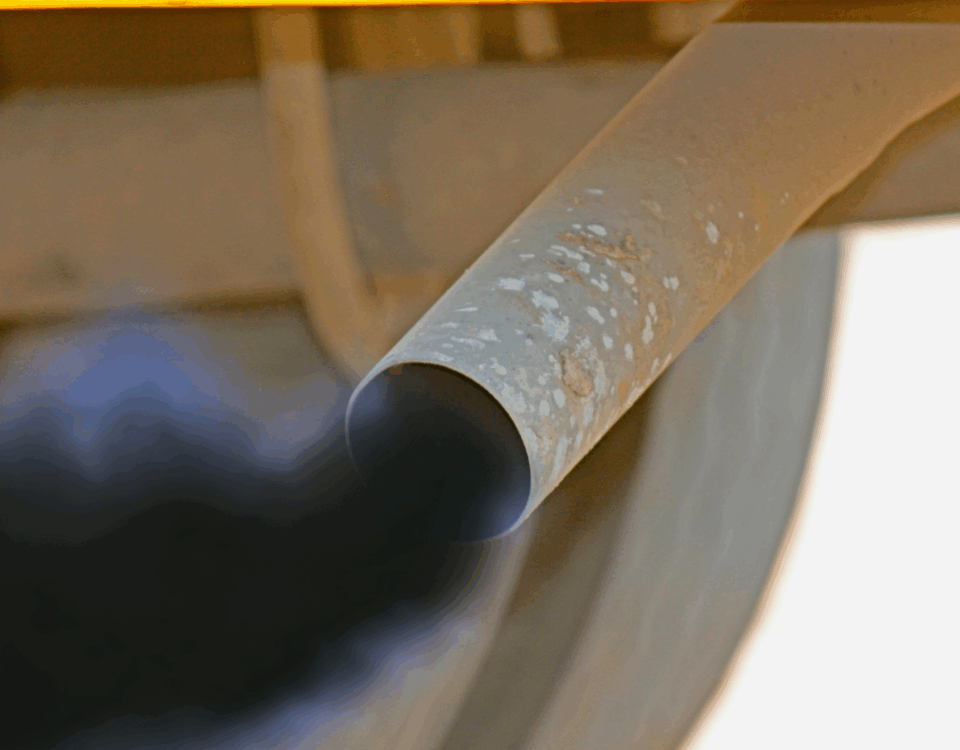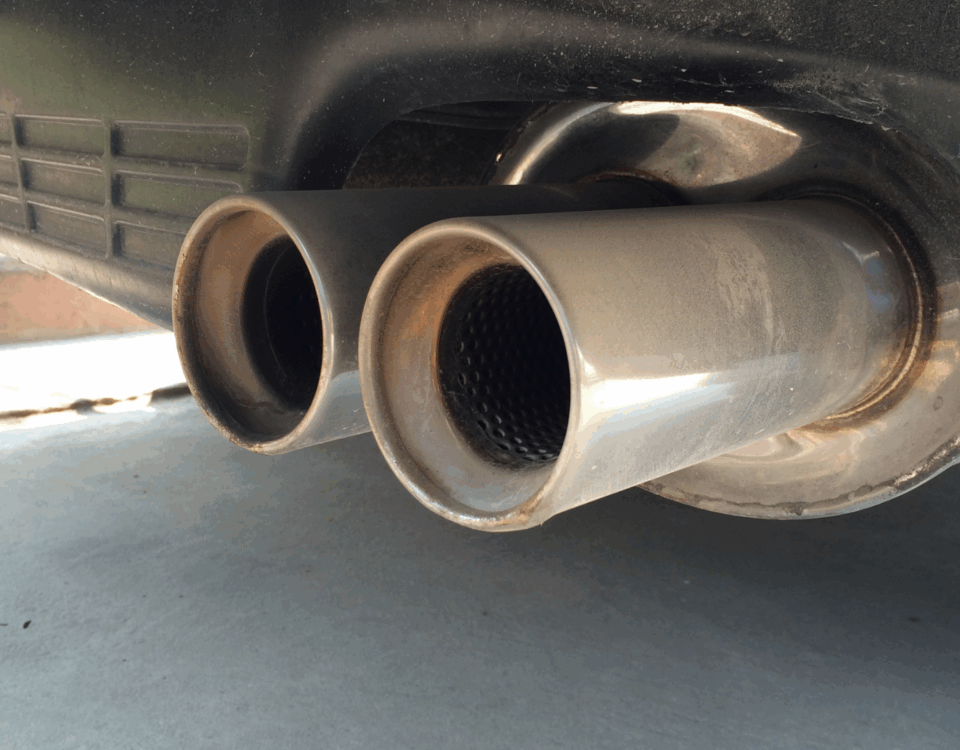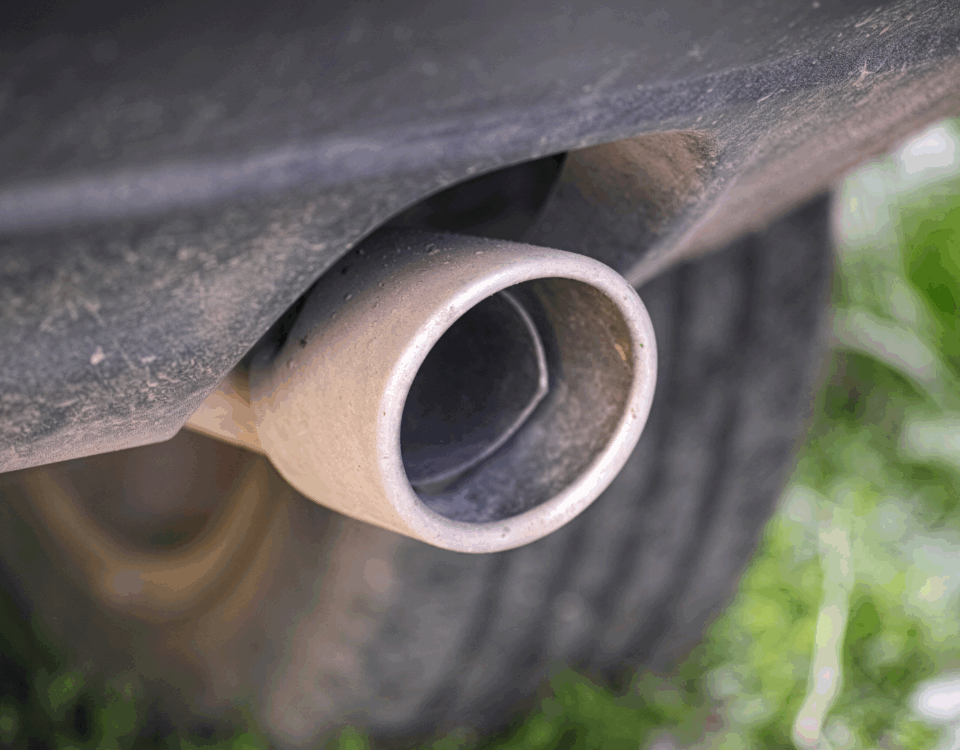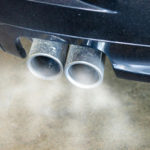
Common Reasons Vehicles Fail at a Smog Inspection Station
February 6, 2025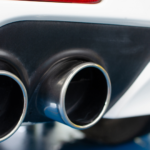
Smog Test: Why It’s Essential for Your Vehicle and the Environment
February 6, 2025Understanding the Role of a Smog Inspection Station
A Smog Inspection Station is responsible for conducting emissions tests to ensure vehicles meet state and federal air quality standards. These stations are licensed by regulatory agencies and must adhere to strict guidelines to perform inspections accurately. The primary goal is to identify vehicles that exceed permissible emission levels, helping to reduce air pollution and protect public health. Many states require smog checks before registering or renewing a vehicle, making these inspections an essential part of maintaining road compliance.
Who Needs a Smog Inspection and When to Get One
Not all vehicles require a smog inspection, but most gasoline-powered cars, trucks, and SUVs fall under the requirement. Newer vehicles may be exempt for the first few years, while older models often need more frequent testing. The timing of a smog check varies depending on state regulations, but typically, inspections are required when transferring ownership, registering a vehicle from out of state, or renewing registration. Some areas have stricter laws based on air quality concerns, making it crucial for vehicle owners to stay informed about local smog inspection policies.
How a Smog Inspection Station Conducts Tests
A Smog Inspection Station follows a structured process to measure vehicle emissions. First, the technician connects the vehicle to an emissions testing machine, which evaluates pollutants like carbon monoxide, hydrocarbons, and nitrogen oxides. The test may include an On-Board Diagnostics (OBD) system scan, especially for newer vehicles. Visual inspections of emission control components are also performed to ensure they are in proper working condition. If a vehicle fails, the owner must complete necessary repairs before retesting. Understanding how the process works can help vehicle owners prepare and pass their inspection the first time.
Common Reasons for Smog Inspection Failure
Many vehicles fail smog inspections due to issues like a faulty oxygen sensor, worn-out catalytic converter, or excessive carbon buildup in the engine. Even a check engine light being illuminated can lead to an automatic failure. Poor vehicle maintenance, such as old spark plugs or dirty air filters, can also contribute to increased emissions. Drivers should perform routine maintenance and address mechanical issues before visiting a Smog Inspection Station to increase their chances of passing. Some states even offer assistance programs for low-income drivers who need help covering repair costs.
Choosing the Right Smog Inspection Station for Your Needs
Finding a reputable Smog Inspection Station is essential for a smooth and reliable testing experience. Many states have a list of certified facilities that meet all regulatory requirements. Drivers should look for stations with good reviews, certified technicians, and transparent pricing. Some locations offer both test-only and test-and-repair services, which can be helpful for those who need immediate fixes after a failed inspection. By choosing a professional and licensed smog check facility, vehicle owners can ensure their car meets emissions standards and stays road-legal.




